 |
OPEN ECONOMY (Continued…):The Determinants of the Nominal Exchange Rate |
| << OPEN ECONOMY:Three experiments, The nominal exchange rate |
| OPEN ECONOMY (Continued…):A first model of the natural rate >> |
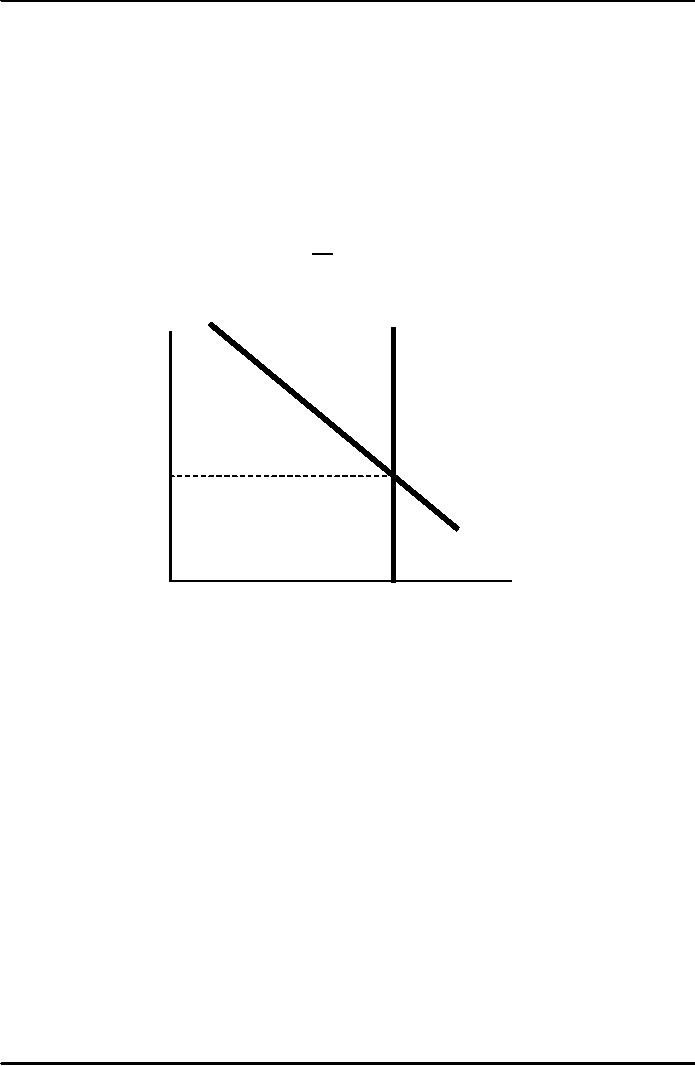
Macroeconomics
ECO 403
VU
LESSON
16
OPEN
ECONOMY (Continued...)
How
ε
is
determined
�
The
accounting identity says NX = S
I
�
We
saw earlier how S
I is
determined:
�
S
depends on domestic factors
(output, fiscal policy
variables, etc)
�
I is
determined by the world
interest
rate
r *
�
So,
ε must
adjust to ensure
NX
(ε
) =
S
- I
(r
*)
S1
I(r*)
ε
ε
1
NX
(ε)
NX
NX
1
Neither
S nor I depend on ε,
so
the net capital outflow
curve is vertical.
ε
adjusts
to equate NX
with
net capital outflow,
S
-
I.
Supply
and demand in foreign
exchange market
Demand:
Foreigners
need dollars to buy U.S.
net exports.
Supply: The
net capital outflow
(S
-
I)
is the supply of dollars to be
invested abroad.
The
net exports
function
�
The
net exports function
reflects this inverse
relationship between NX and ε:
NX
= NX (ε)
56
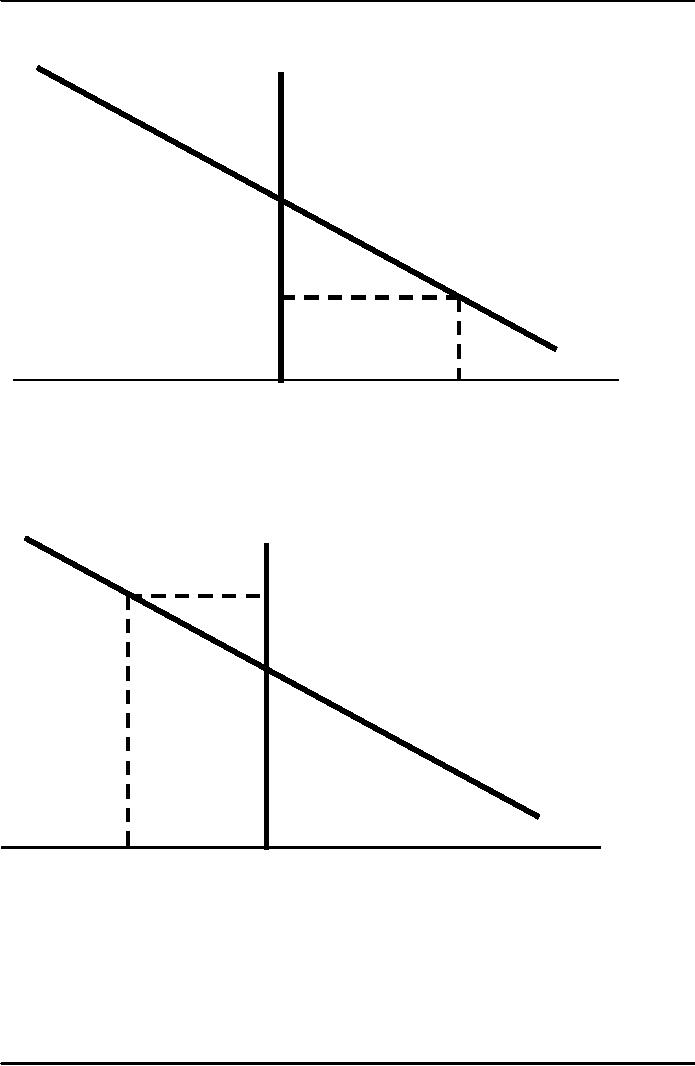
Macroeconomics
ECO 403
VU
The
NX
curve
ε
so
net exports for
home
country
will
be
high
When
ε
is
relatively low,
Home
goods are relatively
inexpensive
ε1
NX
(ε)
NX
0
NX
(ε1)
At
high enough values of
ε,
Home
ε
goods
become so expensive
that
ε2
we
export less than
we
import
NX
(ε)
0
NX
NX
(ε2)
57
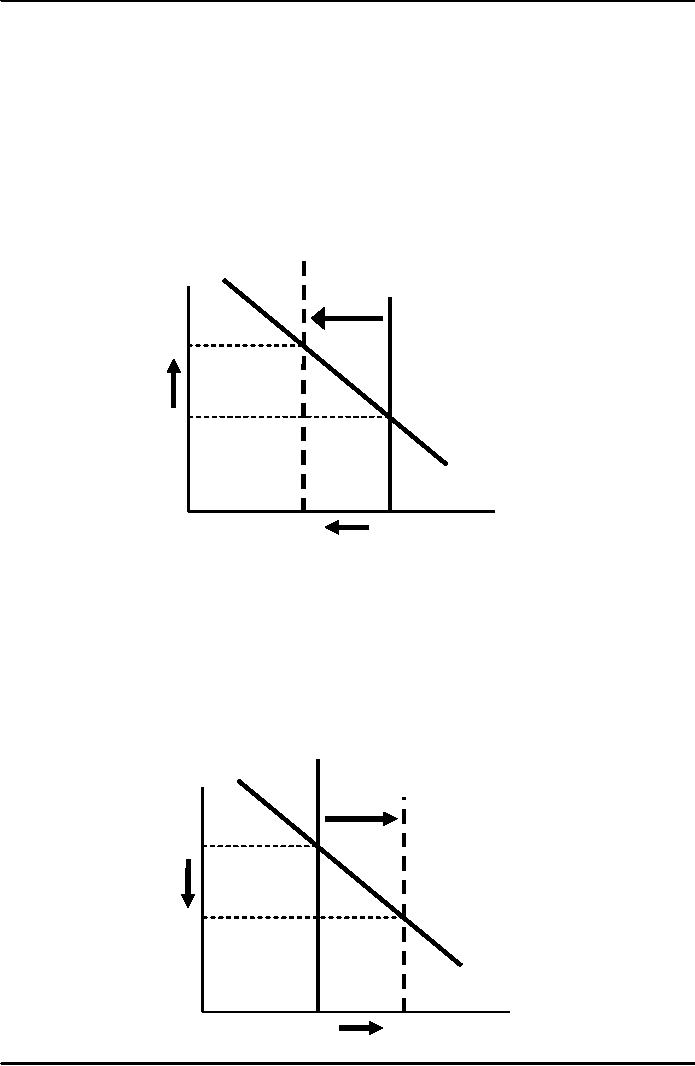
Macroeconomics
ECO 403
VU
Four
experiments
1.
Fiscal
policy at home
2.
Fiscal
policy abroad
3.
An
increase in investment
demand
4.
Trade
policy to restrict
imports
1.
Fiscal policy at
home
S2
I(r*)
ε
S1
I(r*)
ε2
ε1
NX
(ε )
NX
NX
1
NX
2
A
fiscal expansion reduces
national saving, net capital
outflows, and the supply of
dollars in
the
foreign exchange market
causing the real exchange
rate to rise and NX to
fall.
2.
Fiscal policy
abroad
S1
I(r*)
ε
S2
I(r*)
ε1
ε2
NX
(ε)
NX
NX
2
NX
1
58
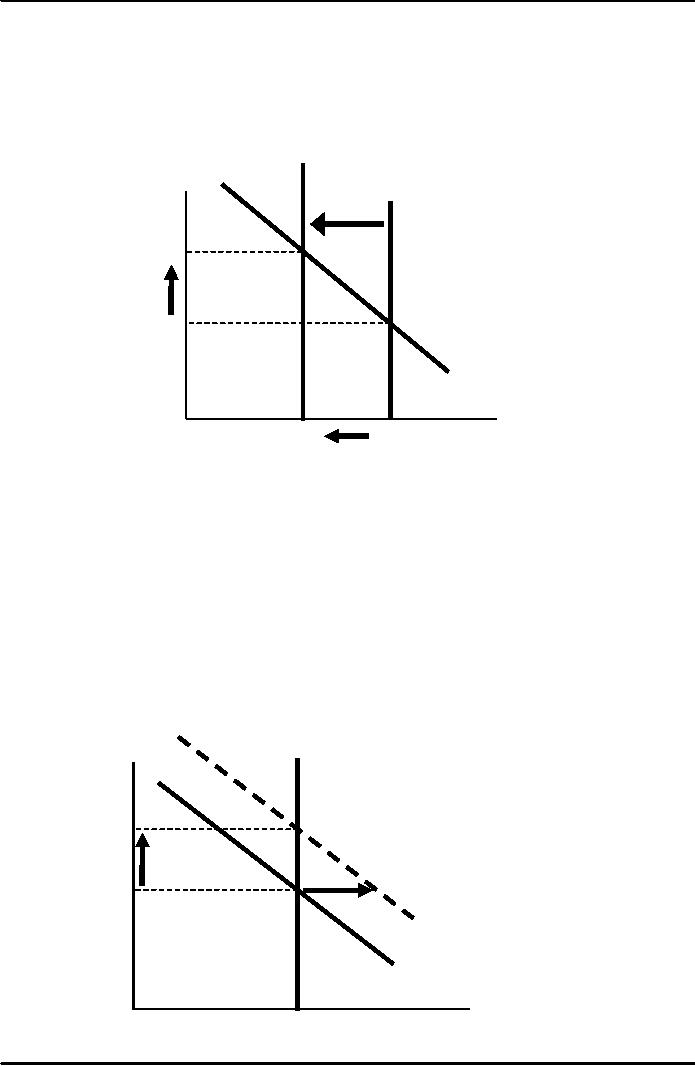
Macroeconomics
ECO 403
VU
An
increase in r* reduces investment
increasing net capital
outflows and the supply of
dollars
in
the foreign exchange market
causing the real exchange
rate to fall and NX to
rise.
3.
An
increase in investment
demand
S1
I2
ε
S1
I1
ε2
ε1
NX(ε
)
N
NX
1
NX
2
An
increase in investment reduces
net capital outflows and
the supply of dollars in the
foreign
exchange
market causing the real
exchange rate to rise and NX
to fall.
4.
Trade policy to restrict
imports
SI
ε
ε2
ε1
NX
(ε
)2
NX
(ε
)1
NX
NX1
59
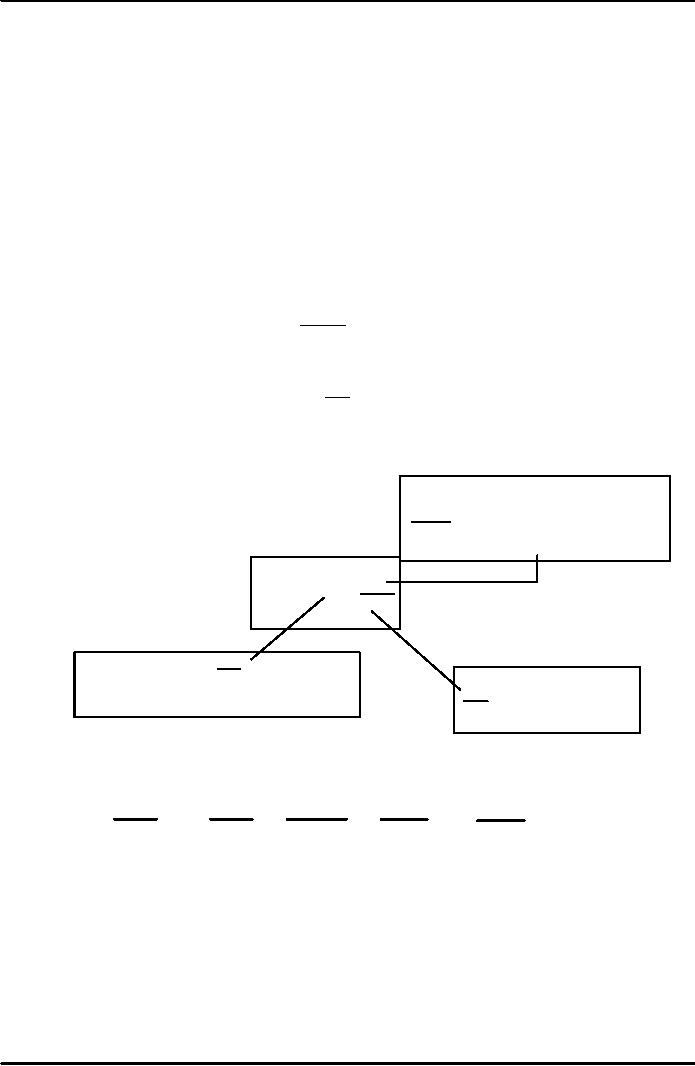
Macroeconomics
ECO 403
VU
At
any given value of ε, an import
quota
NX
IM
demand
for dollars shifts right.
Trade policy doesn't affect
S or I , so capital flows
and
the
supply of dollars remains
fixed.
Results:
Δε > 0 (demand
increase)
ΔNX =
0 (supply fixed)
ΔIM <
0 (policy)
ΔEX <
0 (rise in ε
)
The
Determinants of the Nominal
Exchange Rate
�
Start
with the expression for
the real exchange
rate:
e
�P
ε =
Pe:
*
Solve
it for the nominal exchange
rat
�
P*
e
= ε�
P
�
So
e depends on the real
exchange rate and the
price levels at home and
abroad...
�
...and
we know how each of them is
determined:
M*
=
L
* (r
* +
� *,Y
* )
P*
P*
e
= ε�
P
NX
(ε
) =
S
- I
(r
*)
M
=
L
(r
* +
� ,Y
)
P
�
We
can rewrite this equation in
terms of growth rates
Δε
Δe
Δε
ΔP
*
ΔP
+
�*
- �
=
=
+
-
e
ε
P*
P
ε
60
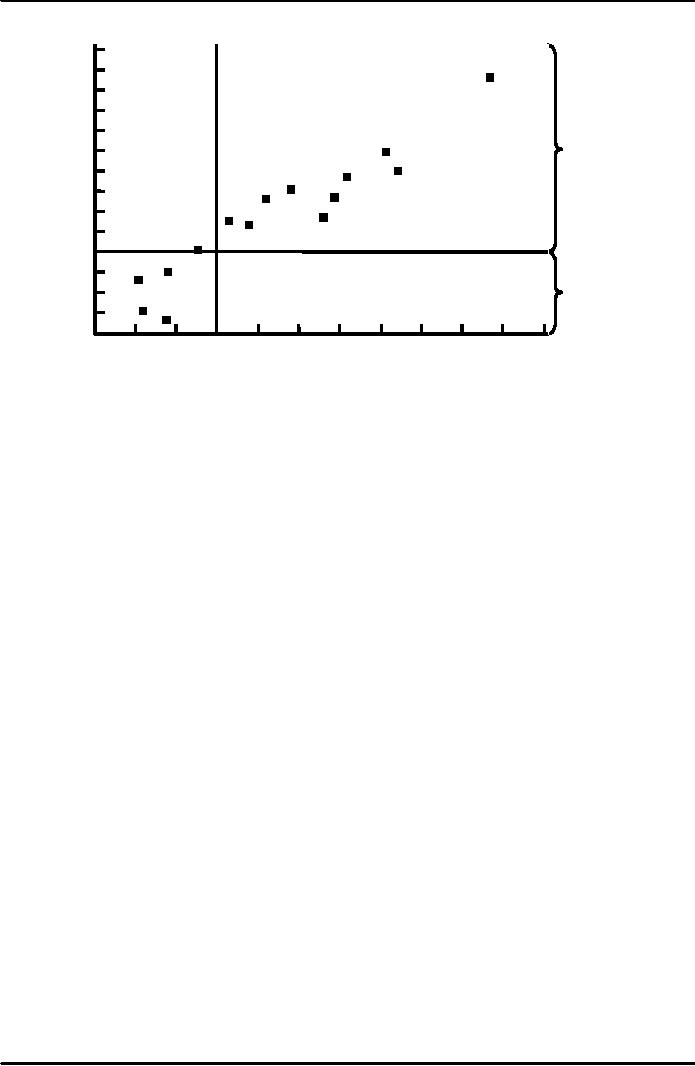
Macroeconomics
ECO 403
VU
Inflation
and nominal exchange
rates
Percentage
10
change
9
in
nominal
exchange
8
South
Africa
rate
7
6
Depreciation
relative
to
Italy
5
U.S.
dollar
4
New
Zealand
Australia
Spain
3
Sweden
Ireland
2
Canada
1
UK
France
Belgium
0
-1
Appreciation
Germany
Netherlands
relative
to
-2
U.S.
dollar
Switzerland
-3
Japan
-4
-3
-2
-1
0
1
2
3
4
5
6
7
8
Inflation
differential
61
Table of Contents:
- INTRODUCTION:COURSE DESCRIPTION, TEN PRINCIPLES OF ECONOMICS
- PRINCIPLE OF MACROECONOMICS:People Face Tradeoffs
- IMPORTANCE OF MACROECONOMICS:Interest rates and rental payments
- THE DATA OF MACROECONOMICS:Rules for computing GDP
- THE DATA OF MACROECONOMICS (Continued…):Components of Expenditures
- THE DATA OF MACROECONOMICS (Continued…):How to construct the CPI
- NATIONAL INCOME: WHERE IT COMES FROM AND WHERE IT GOES
- NATIONAL INCOME: WHERE IT COMES FROM AND WHERE IT GOES (Continued…)
- NATIONAL INCOME: WHERE IT COMES FROM AND WHERE IT GOES (Continued…)
- NATIONAL INCOME: WHERE IT COMES FROM AND WHERE IT GOES (Continued…)
- MONEY AND INFLATION:The Quantity Equation, Inflation and interest rates
- MONEY AND INFLATION (Continued…):Money demand and the nominal interest rate
- MONEY AND INFLATION (Continued…):Costs of expected inflation:
- MONEY AND INFLATION (Continued…):The Classical Dichotomy
- OPEN ECONOMY:Three experiments, The nominal exchange rate
- OPEN ECONOMY (Continued…):The Determinants of the Nominal Exchange Rate
- OPEN ECONOMY (Continued…):A first model of the natural rate
- ISSUES IN UNEMPLOYMENT:Public Policy and Job Search
- ECONOMIC GROWTH:THE SOLOW MODEL, Saving and investment
- ECONOMIC GROWTH (Continued…):The Steady State
- ECONOMIC GROWTH (Continued…):The Golden Rule Capital Stock
- ECONOMIC GROWTH (Continued…):The Golden Rule, Policies to promote growth
- ECONOMIC GROWTH (Continued…):Possible problems with industrial policy
- AGGREGATE DEMAND AND AGGREGATE SUPPLY:When prices are sticky
- AGGREGATE DEMAND AND AGGREGATE SUPPLY (Continued…):
- AGGREGATE DEMAND AND AGGREGATE SUPPLY (Continued…):
- AGGREGATE DEMAND AND AGGREGATE SUPPLY (Continued…)
- AGGREGATE DEMAND AND AGGREGATE SUPPLY (Continued…)
- AGGREGATE DEMAND AND AGGREGATE SUPPLY (Continued…)
- AGGREGATE DEMAND IN THE OPEN ECONOMY:Lessons about fiscal policy
- AGGREGATE DEMAND IN THE OPEN ECONOMY(Continued…):Fixed exchange rates
- AGGREGATE DEMAND IN THE OPEN ECONOMY (Continued…):Why income might not rise
- AGGREGATE SUPPLY:The sticky-price model
- AGGREGATE SUPPLY (Continued…):Deriving the Phillips Curve from SRAS
- GOVERNMENT DEBT:Permanent Debt, Floating Debt, Unfunded Debts
- GOVERNMENT DEBT (Continued…):Starting with too little capital,
- CONSUMPTION:Secular Stagnation and Simon Kuznets
- CONSUMPTION (Continued…):Consumer Preferences, Constraints on Borrowings
- CONSUMPTION (Continued…):The Life-cycle Consumption Function
- INVESTMENT:The Rental Price of Capital, The Cost of Capital
- INVESTMENT (Continued…):The Determinants of Investment
- INVESTMENT (Continued…):Financing Constraints, Residential Investment
- INVESTMENT (Continued…):Inventories and the Real Interest Rate
- MONEY:Money Supply, Fractional Reserve Banking,
- MONEY (Continued…):Three Instruments of Money Supply, Money Demand